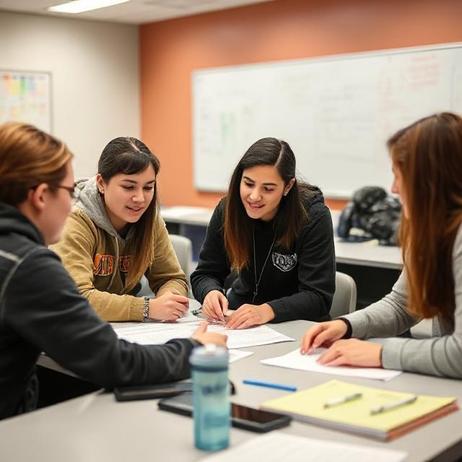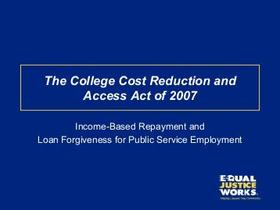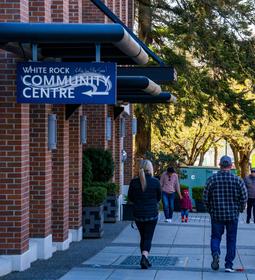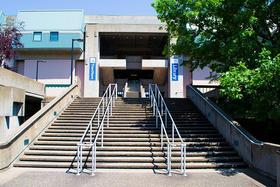Introduction
Online community college courses have become a staple of higher education delivery in 2025. What began as emergency adaptations during COVID-19 have evolved into enduring flexible options for many learners. Still, as with any modality, online classes carry both advantages and trade-offs.
This article retains the structure of the earlier “Pros and Cons of Online Community College Classes” summary, but updates it with 2025 data, trends, and real-world examples. The goal is to help prospective students, parents, and educators weigh whether online formats are a good fit today.
The State of Online Community College in 2025
Before diving into pros and cons, here’s a snapshot of where things stand now.
In fall 2022, 54 % of college students (across two- and four-year institutions) had taken at least one course online; about 26 % of students were enrolled exclusively online. Bestcolleges.com
By 2025, more than half of all college students take at least one online course, and a third enroll fully remotely.
Community colleges have seen renewed enrollment growth. In spring 2025, undergraduate enrollment grew 3.5 % year over year, and community colleges posted the largest gains (~5.4 %).
Transfer activity is increasing: community colleges saw a 5.8 % year-over-year rise in transfer enrollments, with online institutions seeing transfers climb 6.6 %—a 39 % increase since 2020.































